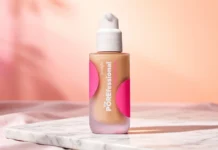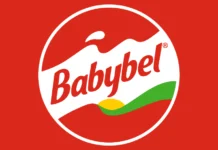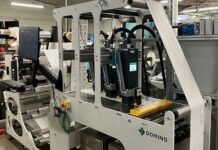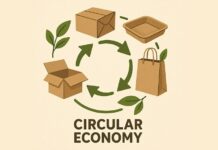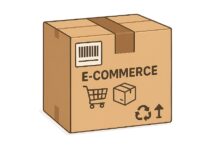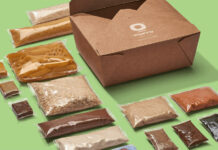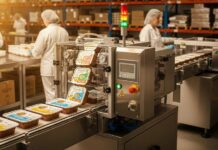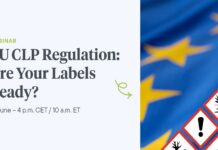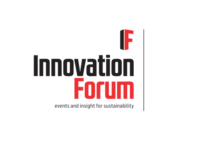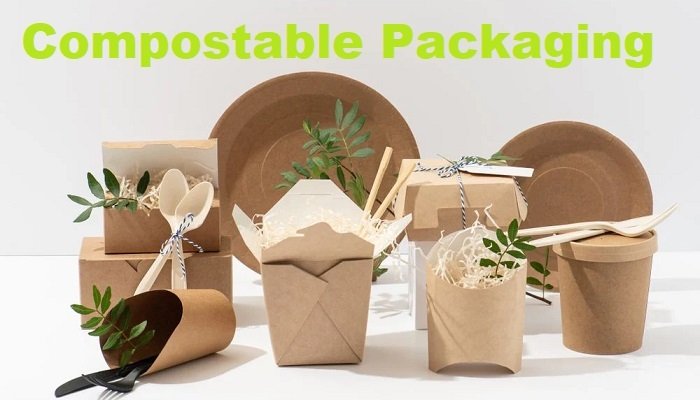It is well to be noted that the market when it comes to compostable packaging happens to be growing at a rate of 6.2% every year, which doesn’t come as a surprise, given that both brands’ as well as consumers’ concerns when it comes to the growing plastic waste crisis. With just 9% of all plastic manufactured each year being recycled, plastics happen to be polluting land as well as waterways, thereby killing wildlife as well as the entire ecosystem and also posing as an increased threat to human health. If this does not change, plastic waste, in all probability, is going to triple by 2060.
The fact is that compostable plastic packaging goes on to offer one of the best ways to alter such a dire situation. These innovative plastics make sure that no damaging waste happens to be left behind, and more than that, they go on to offer valuable agricultural compost. Although the challenges do remain, market demand, policy, as well as innovation are all happen to be fuelling the growth when it comes to compostable packaging.
Meeting real market requirements in a more sustainable form
Compostable plastic happens to be also more sustainable since, in addition to breaking down into the compost, it also most often contains bio-based polymers that go on to lessen the dependence on petroleum in order to make plastics. Greener inputs, even as only a percentage of the raw materials required to make compostable plastics, help lessen the carbon footprint of packaging’s total lifecycle.
Although numerous kinds of paper packaging also happen to be compostable, compostable plastic packaging can go on to meet the needs that paper often does not. Compostable plastic packaging makes sure to keep the goods dry and can also be transparent. These couple of qualities are often required when in case of shipping items or when consumers need to view the contents of what they happen to be buying, which is specifically very important in the case of fresh produce as well as other foods. Since more brands go on to take up the phenomenon of compostable plastic packaging, consumer awareness happens to be growing too, with more people starting to prefer products that make use of compostable packaging.
Composting is a growing part of waste management
Policymakers happen to be driving the growth of compostable packaging. The UN goes on to state in its proposed road map to decrease plastic waste by 80% by 2040, and for that to happen, compostable packaging has to play a larger role.
Other alterations include the surging number of jurisdictions in the US that have launched curbside pickup as well as other programs so as to make composting items easier for the residents. As consumers happen to be more used to composting in general, it is most likely that compostable packaging is going to become more common.
Innovation Leads To More and Better Compostable Plastics
Meanwhile, innovations in terms of how compostable packaging is being made, in addition to the new technology for composting, happen to be among the forces working to raise the usage of this type of packaging. Just like the traditional plastic, compostable plastic happens to made from polymers, chains of repeating molecules. With the aid of AI, research and development teams happen to identify new combinations when it comes to polymers, like those made from bio-based materials such as corn and other plants, which can be used to make growingly durable compostable packaging. The process is also likely to be less costly in the years to come.
It is worth noting that technology is also enhancing the composting process with robotic sorters, which can go on to quickly get rid of contaminants from loads of compostable waste, enabling the composting facilities to have more waste and to save when it comes to sorting costs and time. Apart from this, the sensors, as well as technology such as machine vision, can go on to track conditions such as heat and moisture, thereby making adjustments on the spot to make sure of faster and better composting.
Interestingly, this mix of consumer demand, policy, as well as technology innovation is putting compostable plastics on a trajectory of progress for 2024 and even beyond, thereby offering a practical solution that also happens to be truly healthy for the planet.




